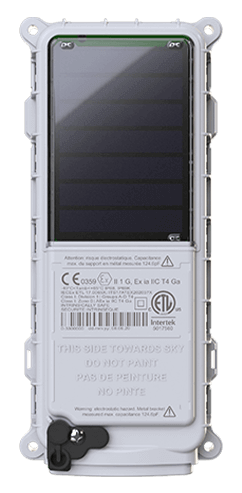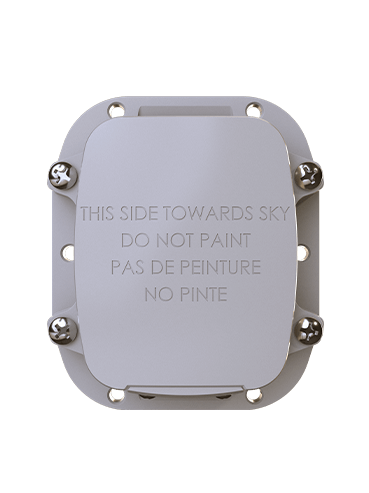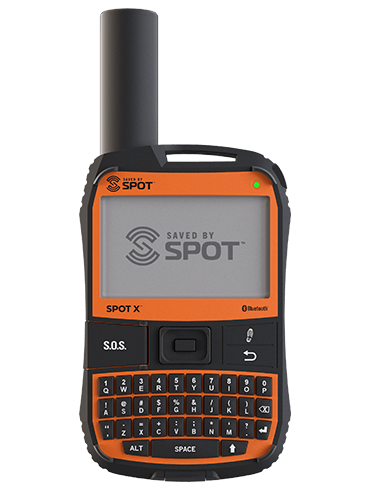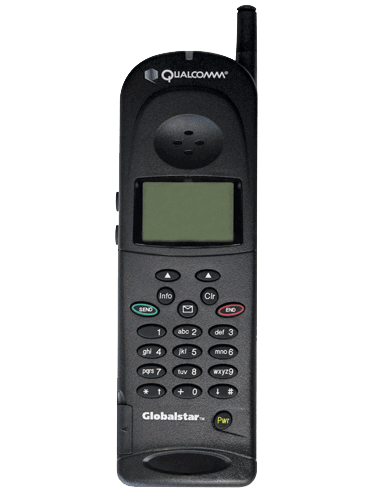Dead Zones No More: How Satellite is Expanding the Edge of Smart Infrastructure
For decades, connectivity has been treated like a utility: invisible when it works, painfully obvious when it doesn’t. But in today’s digital economy, even a moment offline can create ripple effects across industries. Cellular networks have carried much of the load in connecting people, places, and things, but the reality is that there are still large coverage gaps where infrastructure stops; therefore, connectivity stops, as well. These “dead zones; are exactly where satellite connectivity steps in to expand the edge of smart infrastructure.
The Limits of Cellular Coverage
Cellular networks are everywhere, or at least that’s what it feels like within the bounds of cities and suburban corridors. But in reality:
- Geography creates gaps: Rural farmland, mountains, coastlines, and deserts often fall outside traditional cellular coverage.
- Economics limit buildout: Extending towers and fiber to low-population areas doesn’t always make commercial sense for carriers.
- Infrastructure fragility: Natural disasters, power outages, or maintenance issues can take cell towers offline, creating sudden blind spots.
For industries like energy, transportation, agriculture, and logistics, these gaps are more than inconvenient; they can mean lost data, delayed operations, or compromised safety. Smart infrastructure can’t be “smart” if it goes dark every time it leaves a cellular footprint.
Satellite as the Always-On Bridge
Satellite connectivity eliminates dead zones by providing ubiquitous, reliable coverage in places cellular can’t reach:
- Beyond the grid: Whether it’s a wind farm in the plains, a cargo ship at sea, or a pipeline running through remote terrain, satellite keeps assets connected across vast distances.
- Resilience by design: Unlike terrestrial networks, satellite doesn’t rely on local towers or ground infrastructure vulnerable to outages.
- Seamless integration: Modern two-way satellite IoT modules and handheld devices integrate with cellular and Wi-Fi systems, switching automatically when assets move out of coverage.
This creates a continuous layer of connectivity that enables monitoring, tracking, and real-time decision-making across entire networks.
Expanding the Edge of Smart Infrastructure
Smart infrastructure is no longer confined to urban cores or logistics hubs. With satellite filling the coverage gaps, enterprises can:
- Monitor assets end-to-end: From portside cranes to ships nearshore, nothing falls out of sight.
- Enable predictive maintenance: Real-time data from remote assets means issues can be addressed before they escalate.
- Support resilient operations: Disasters, grid outages, or infrastructure failures don’t take networks offline when satellite is in the loop.
- Scale innovation: Connected agriculture, autonomous logistics, and energy digitization projects can expand confidently into regions where cellular doesn’t exist.
Dead Zones, No More
The idea of being “offline” in the field is becoming obsolete. By closing the gaps left by cellular coverage, satellite is enabling organizations to connect every piece of their infrastructure — no matter how remote.
For smart infrastructure operators, this means better visibility, higher resilience, and new possibilities for automation and efficiency.
Dead zones were once an accepted limitation. Today, with satellite-powered IoT and communications, they’re simply no more.
Ready to learn more about satellite coverage? Simply reach out.
 SmartOne Solar
SmartOne Solar SmartOne C
SmartOne C STX3
STX3 STX3 Dev Kit
STX3 Dev Kit SPOT X
SPOT X SPOT Gen4
SPOT Gen4 SPOT Trace
SPOT Trace
